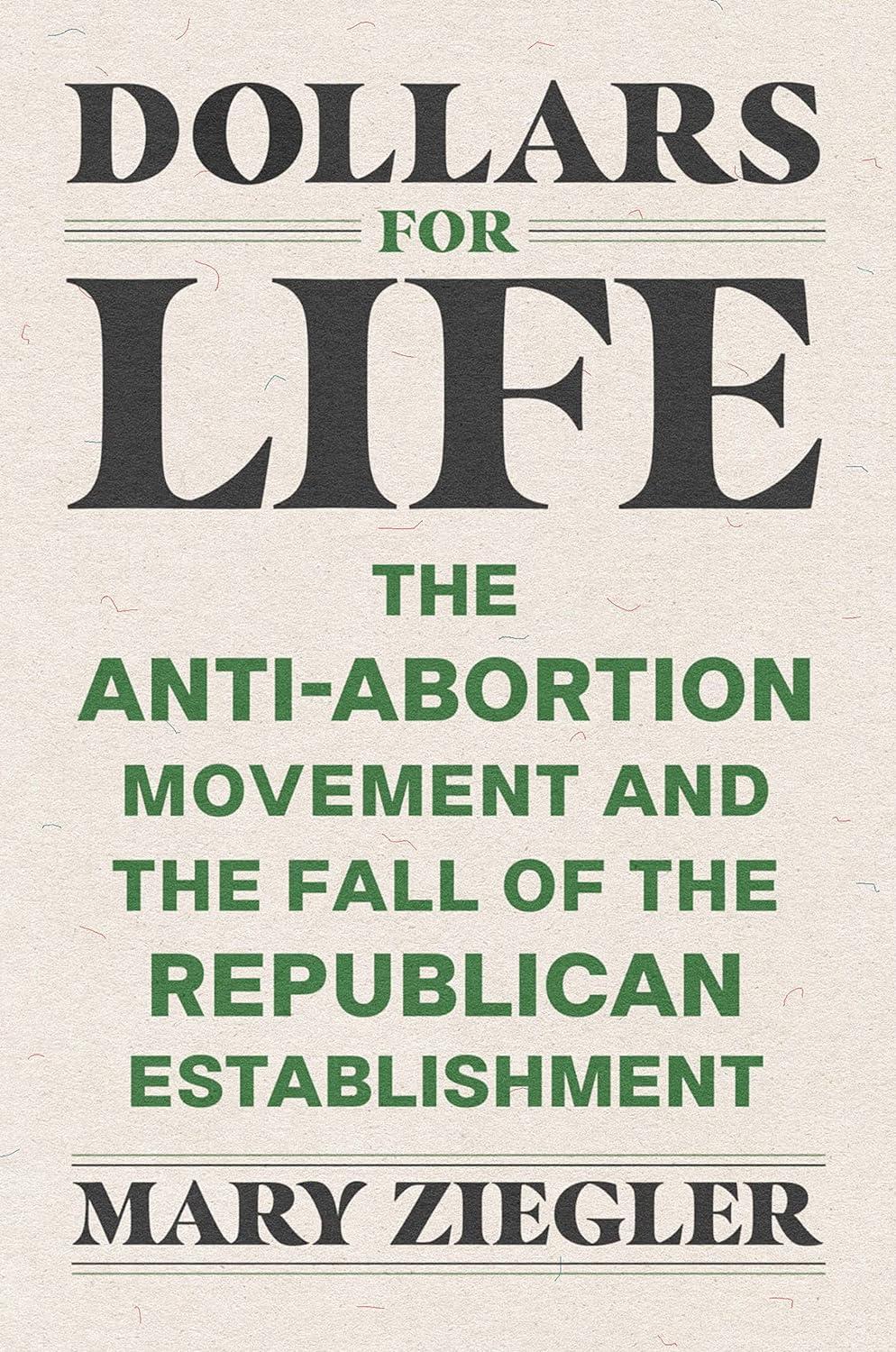There’s one man behind the Federalist Society-induced death of Roe v. Wade whose name you’ve probably never heard. James Bopp Jr. has dedicated his life to ending legal abortion in America. A “pro-life” conservative lawyer, Bopp spent more than three decades as general counsel for the National Right to Life Committee, which frequently brought legal challenges to Roe and coined the term that erroneously characterizes later abortions as “partial-birth abortions.” More recently, the organization made news by releasing model legislation that would criminalize providing help to anyone seeking abortion care “over the phone or internet.”
The right’s battle to end the right to abortion care involved a nearly fifty-year-long intertwined political and legal strategy. In her latest book, Dollars For Life: The Anti-Abortion Movement and the Fall of the Republican Establishment, law professor Mary Ziegler tells the story of how a difference pet project of the conservative legal movement—deregulating campaign finance—became central to the religious right’s campaign to end legal abortion.
Dismantling campaign finance regulations enabled anti-choice activists to elect the conservative zealots who delivered the Supreme Court conservative supermajority that just overturned Roe. Quoting Justice Thurgood Marshall’s final dissent on the Court, the Dobbs dissenters sum up what conservatives understood early on: “Power, not reason, is the new currency of this Court’s decisionmaking.”
For Bopp and his ilk, the need to dismantle campaign finance regulations begins with the anti-choice movement’s failure to respond to Roe by passing a personhood amendment to the Constitution, making legal abortion unconstitutional. By the end of the 1970s, the effort had failed. Ziegler describes how anti-choicers, still determined to end legal abortion, turned their attention to trying to overturn Roe by transforming the federal courts instead. Most infuriating to anti-choicers were the Republican-appointed justices who were nominated, supported, and confirmed to the Court, only to rule from the bench in ways that the religious right viewed as compromising on abortion. Ziegler points to the pinnacle example of this trend for conservatives: the outcome in Planned Parenthood of Southeastern Pennsylvania v. Casey.
Casey, a 1992 challenge to a series of restrictive abortion laws in Pennsylvania, was widely viewed as the right’s best opportunity to overturn Roe since it came down two decades earlier. The Casey court retained only one justice who had been in the majority in Roe, and the justices who replaced the rest of the Roe majority were all nominated by Republican presidents. The Court’s new look gave anti-choicers hope Casey would end legal abortion in America.
